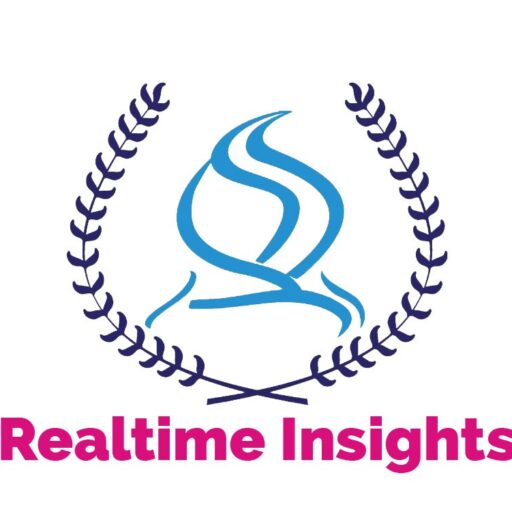
Close

Experience of Realtime Healthcare
A Consulting Firm in Kenya
Authored by Lucy Njue (MA Population Studies)
2019
The aim of this paper is to demystify the term M&E capacity building. It highlights the common gaps that need to be addressed in order to build the capacity of organisations in M&E.
Planning for M&E:
Lack of a clear Theory of change to guide M&E planning
Building the capacity of local implementing partners MUST go beyond the classroom set up:
Need for engagement of M&E experts to walk the journey with the local organisation; look at it as a service just like Advertising, PR etc.
